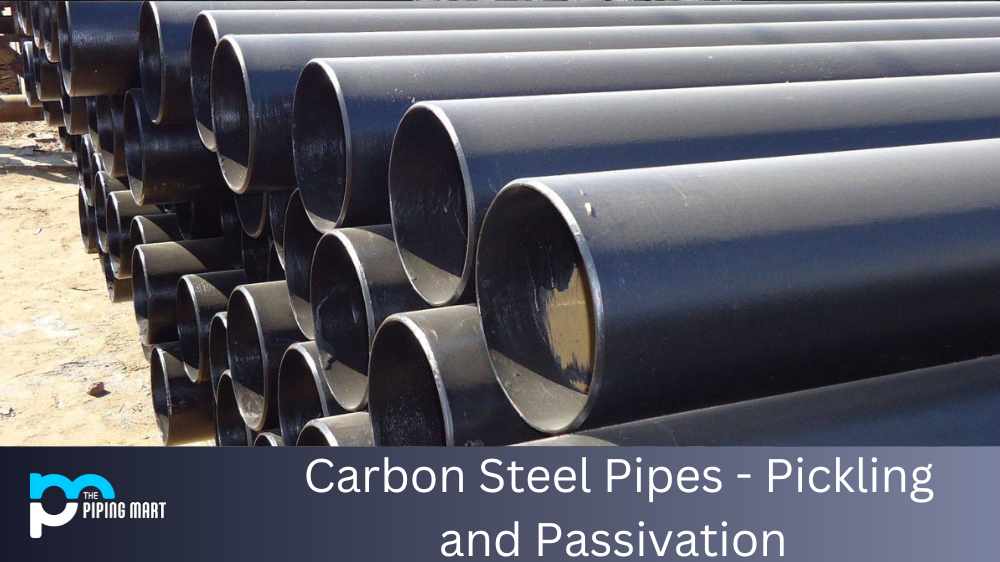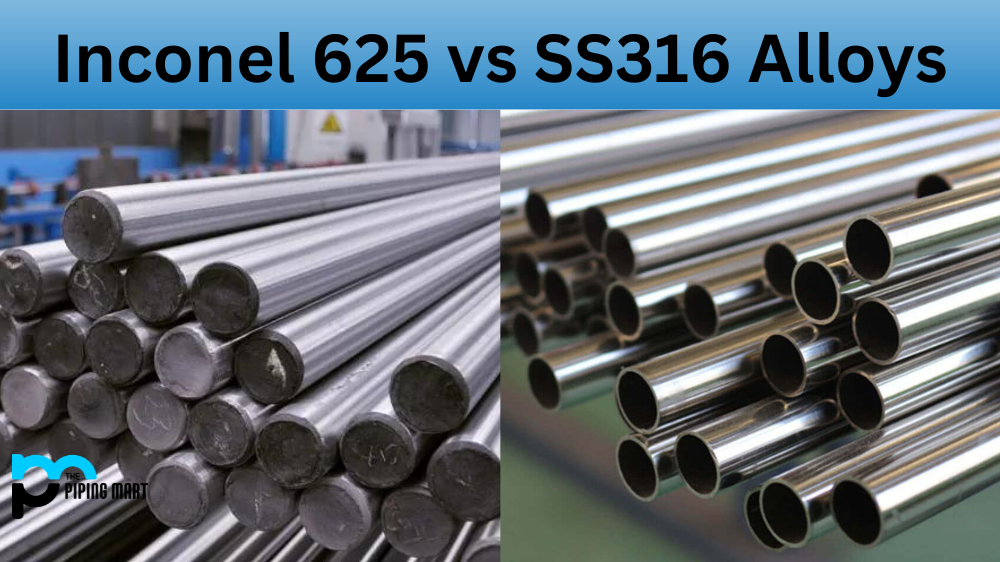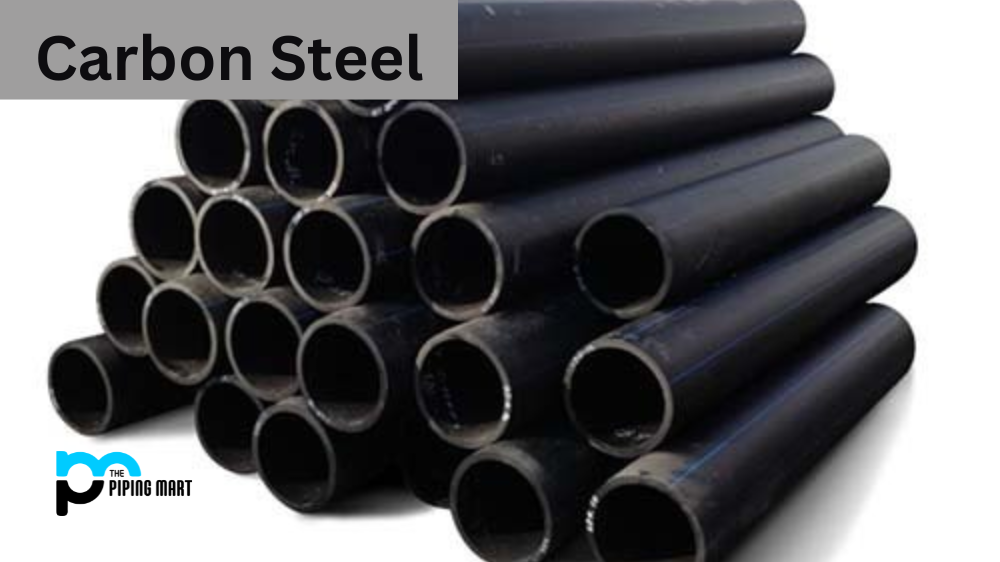When it comes to welding carbon steel pipes, it is important to ensure that the pipes are correctly prepared before welding. This includes a process known as pickling and passivation. This two-step process helps with corrosion prevention, ensuring that the welds are strong and durable while protecting against rusting or pitting of the pipes. Let’s take a closer look at how pickling and passivation work on carbon steel pipes.
What is Pickling?
Pickling is the process of removing impurities from the surface of metals. It involves immersing the metal in an acid bath which helps to remove scale, rust, and other contaminants from the surface. With carbon steel pipes, this process is especially important because it helps to create a clean surface for welding and protects against corrosion after welding has been completed.
What is Passivation?
Passivation is the second step in pickling and passivating carbon steel pipes. This step involves using an acid solution to further protect against corrosion by creating a thin layer of chromium oxide on the surface of the pipe. This layer helps to prevent oxidation from occurring on the surface of the pipe, which can weaken its structure over time. It also ensures that any welds made during installation will remain strong for years to come.
Welding Procedure for Carbon Steel Pipe
When installing carbon steel pipes, a Welding Procedure Specification (WPS) must be followed to ensure proper installation practices are being followed. A WPS outlines all steps necessary for successful welding, including preheating temperatures, interpass temperature control, post weld heat treatment instructions, acceptable filler materials, joint preparation requirements and more. Following these instructions carefully will help guarantee strong welds while protecting against corrosion caused by improper installation procedures. Additionally, following a Welding Procedure Specification (WPS) during installation helps guarantee successful welds with maximum durability over time—all key elements when working with carbon steel pipe systems!
Conclusion
Pickling and passivating carbon steel pipes is essential in preparing them for installation or repair work. The two-step process involves first pickling off the scale and other contaminants from the surface of the pipe before applying an acid solution for protection against oxidation or corrosion during welding or long-term use in wet environments.

Pipingmart is B2B portal specializes in industrial, metal and piping products. Also, share latest information and news related to products, materials and different types grades to help business dealing in this industry.




